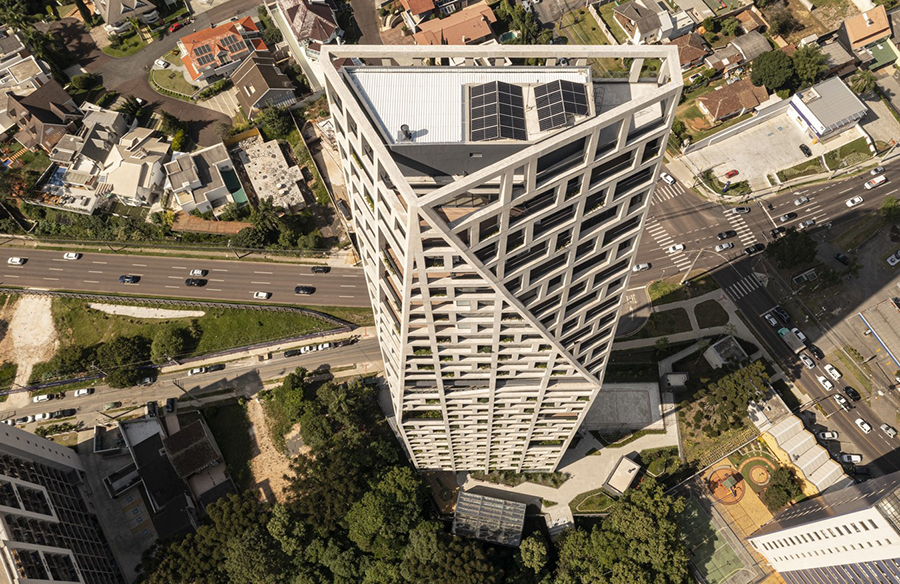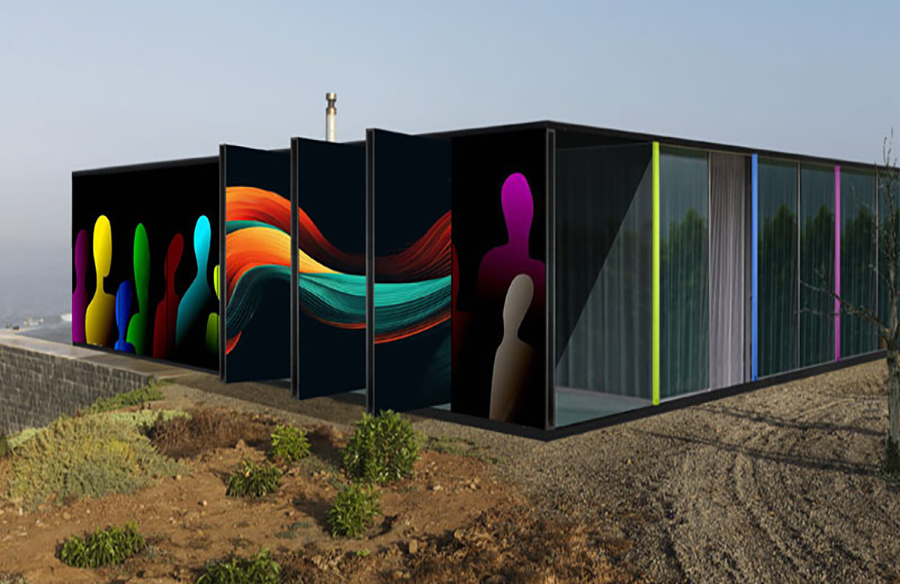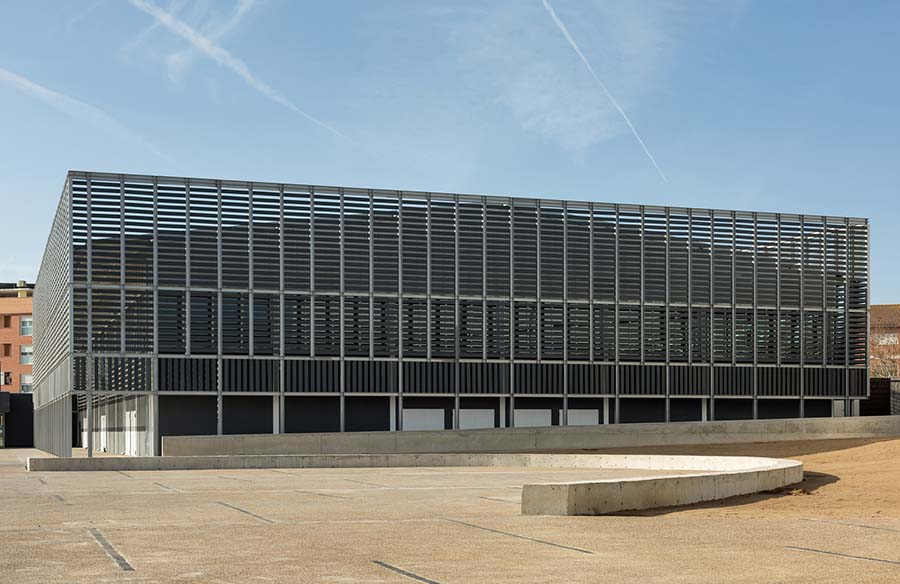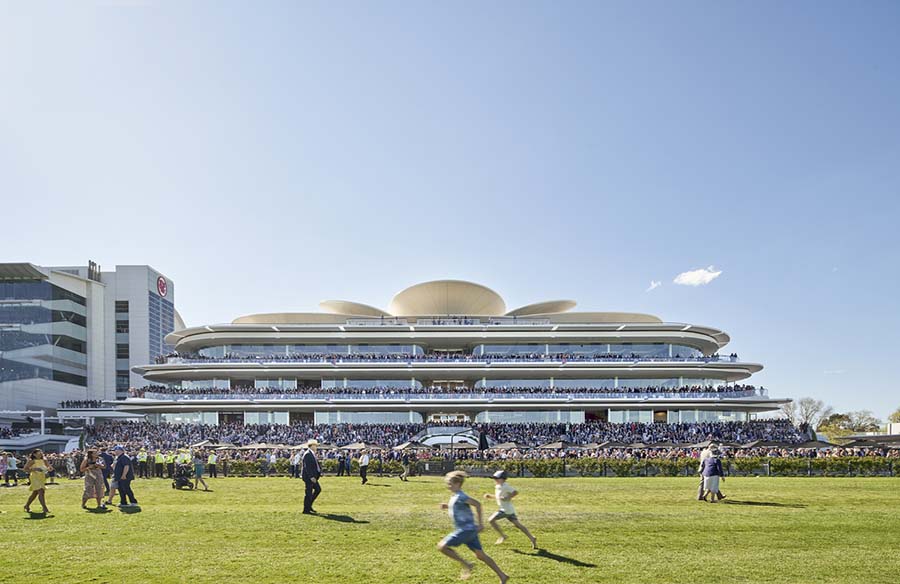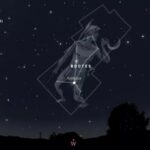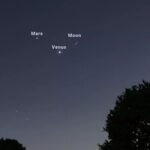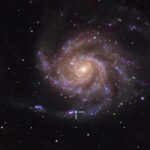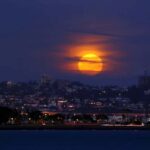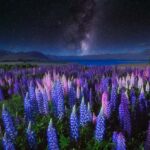June Night Sky Highlights
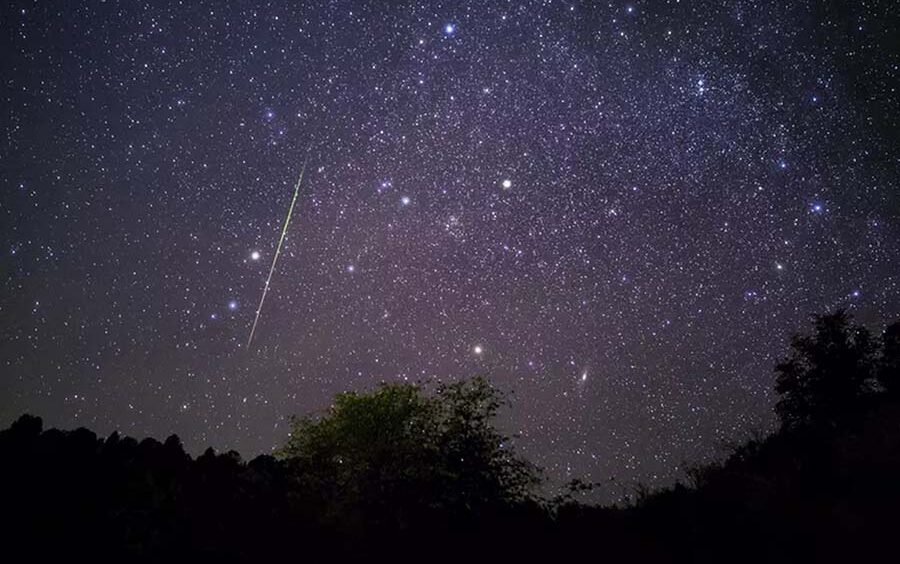
As we embrace the arrival of summer in the Northern Hemisphere, June brings a plethora of celestial events to captivate sky gazers. From meteor showers to lunar phenomena, the night sky offers a mesmerizing display of cosmic wonders. Let’s explore the highlights of June’s celestial calendar:
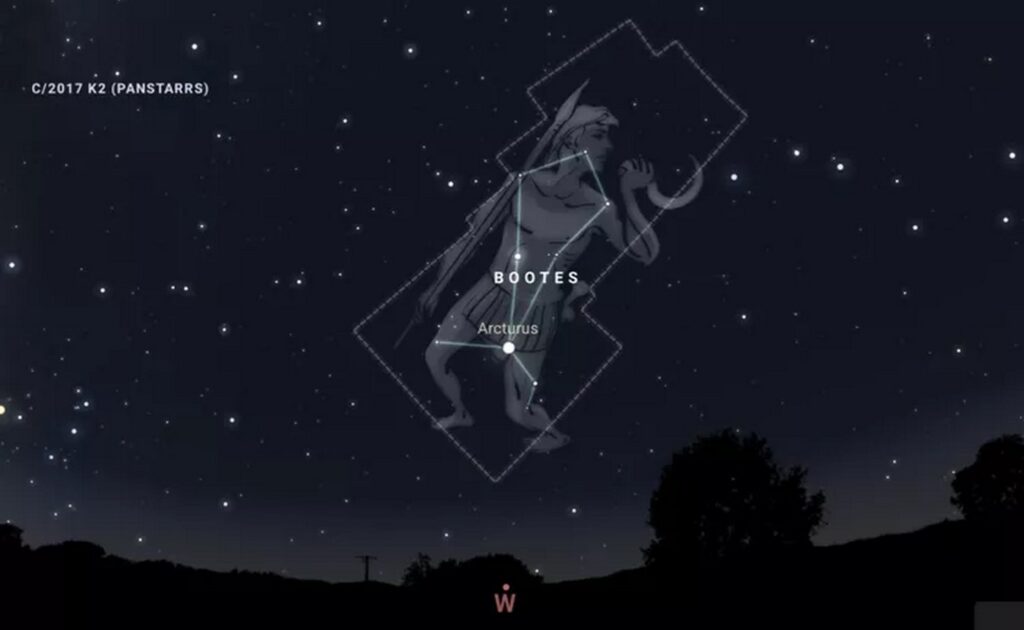
Arietids Meteor Shower (June 7)
Despite being one of the best meteor showers of the year, the Arietids present a unique challenge—they peak during daylight hours. However, early risers may catch a glimpse of these shooting stars before sunrise on June 7 and 8. Alternatively, enthusiasts can tune in to the “radio shower” phenomenon, where ham radio operators can detect radar echoes produced by the rapid motion of meteoroids through Earth’s atmosphere.
Super Strawberry Moon (June 4)
Named after the ripening crops of strawberries, June’s full moon, also known as the Strawberry Moon, illuminates the night sky with its luminous glow. Other nicknames for this full moon include the honey or mead moon, reflecting the abundance of honey harvested during the season.

Earliest Sunrise of the Year (June 14)
While the summer solstice marks the longest day of the year, June 14 heralds the earliest sunrise for many locations in the Northern Hemisphere. Observers can savor this celestial spectacle, accompanied by a cup of coffee, as they bask in the warm glow of dawn.
New Moon Dark Skies (June 18)
The late New Moon on May 30 sets the stage for exceptionally dark skies throughout the first week of June. Sky watchers can marvel at galaxies, shooting stars, and other celestial wonders typically obscured by moonlight. One notable target is the Pinwheel Galaxy (M101), where a recent supernova adds to the allure of this distant cosmic marvel.
Summer Solstice (June 21)
On June 21, the summer solstice marks the astronomical onset of summer in the Northern Hemisphere. It also represents the longest day of the year, with varying daylight durations depending on latitude. As the Sun reaches its highest point in the sky, observers can revel in the warmth of the season before daylight begins to wane.
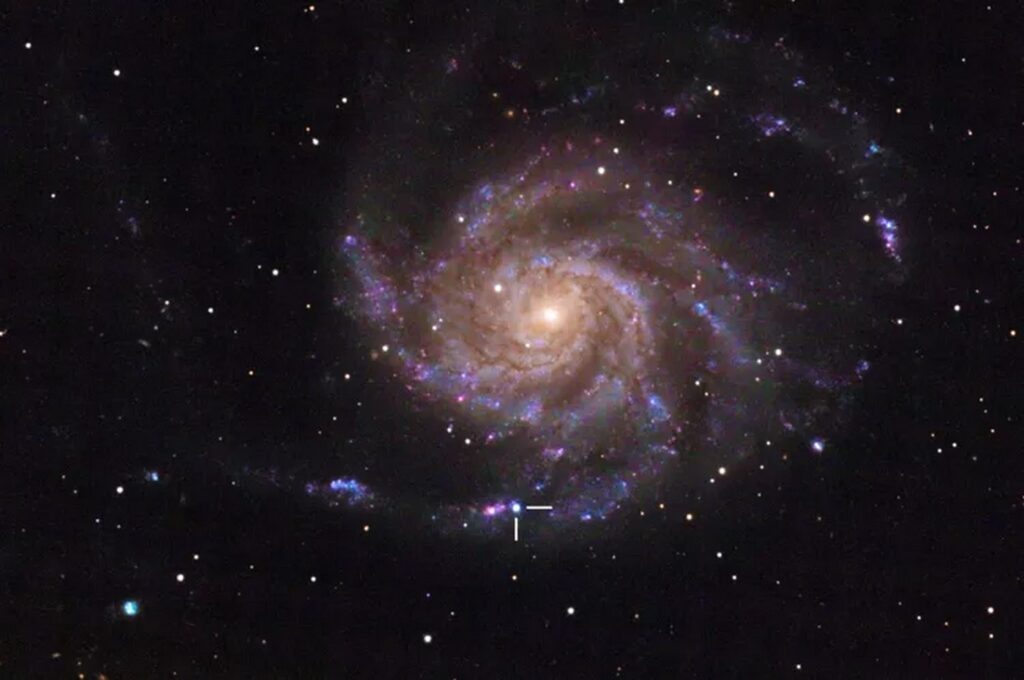
Celestial Trio (June 21)
After sunset on June 21, sky gazers can witness a celestial trio consisting of Mars, Venus, and the crescent Moon. This dazzling conjunction adds a celestial finale to the longest day of the year, offering a breathtaking sight in the evening sky.
Latest Sunset (June 27)
For Northern Hemisphere residents, June 27 marks the year’s latest sunset, providing ample opportunity to savor the lingering twilight hours. As the sun dips below the horizon, observers can unwind and appreciate the tranquility of the evening.
Bootid Meteor Shower (June 27)
Wrapping up the month is the Bootid meteor shower, known for its sporadic outbursts of activity. While typically modest, with only a few shooting stars per hour, the Bootids have occasionally dazzled sky watchers with impressive displays. Keep an eye on the constellation Bootes for a chance to witness this celestial spectacle.
Conclusion
June offers an array of celestial delights, from meteor showers to lunar phenomena, inviting sky gazers to immerse themselves in the beauty of the night sky. Whether observing shooting stars before dawn or marveling at the luminous glow of the Strawberry Moon, June’s celestial calendar promises an unforgettable journey through the cosmos. So grab your telescope, step outside, and explore the wonders of the June night sky.


 English
English 

